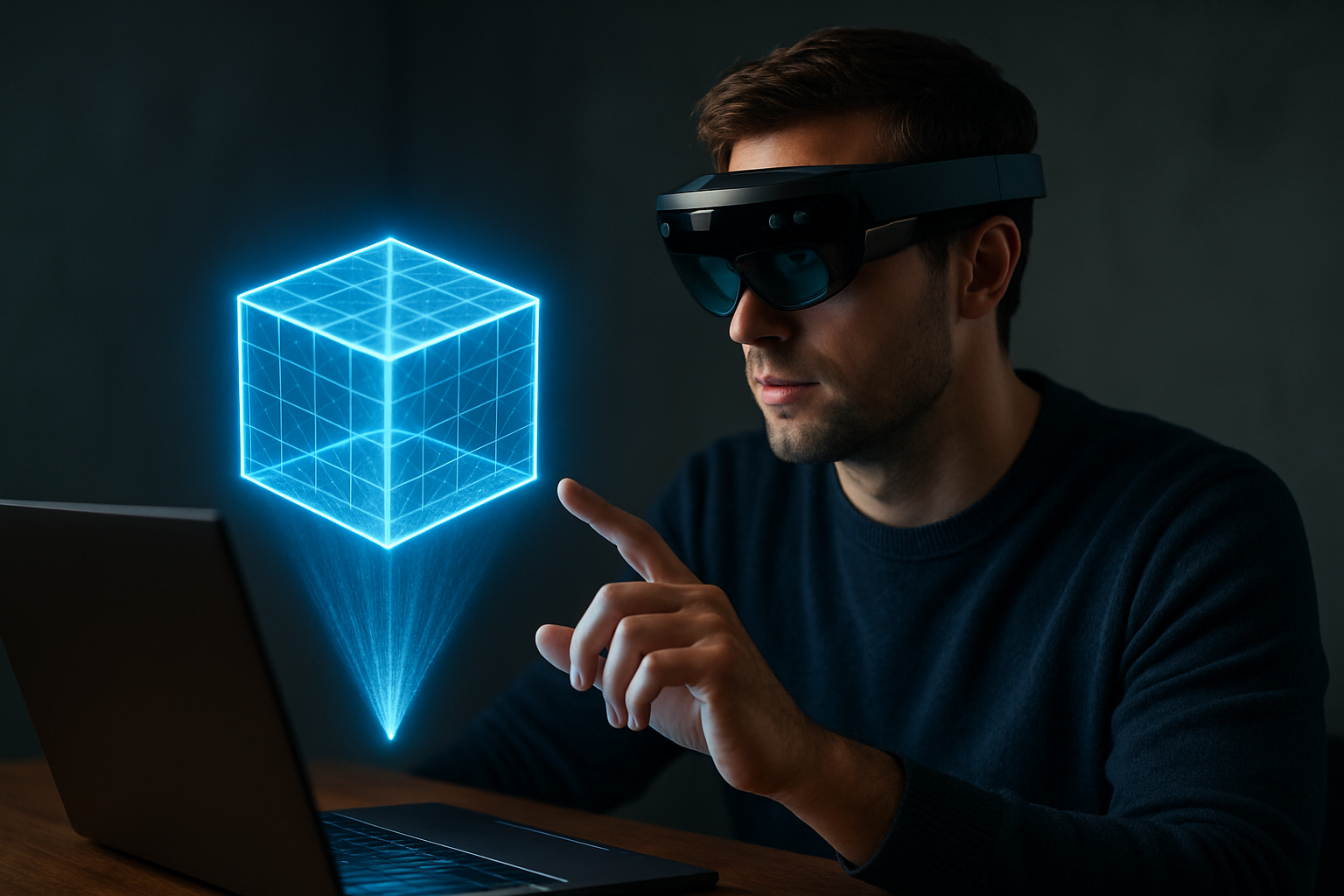Retinal Projection Displays: The Next Frontier in Personal Computing
In a world where screens dominate our daily lives, a revolutionary technology is quietly emerging that could fundamentally change how we interact with digital information. Retinal projection displays, once confined to the realm of science fiction, are now on the cusp of becoming a reality. This groundbreaking technology promises to deliver an immersive, high-resolution visual experience by projecting images directly onto the user's retina, potentially rendering traditional screens obsolete.

A Brief History of Retinal Projection Technology
The concept of retinal projection has been around for decades, with early experiments dating back to the 1960s. However, it wasn’t until the late 1990s that significant progress was made in miniaturizing the technology and improving image quality. In 1998, researchers at the University of Washington demonstrated a prototype retinal scanning display that could project a monochrome image directly onto the retina.
Current Developments and Key Players
Today, several companies are at the forefront of retinal projection technology development. Magic Leap, a secretive startup that has raised billions in funding, is rumored to be working on a mixed reality headset that incorporates retinal projection. Another key player is Avegant, which has already released a consumer product called Glyph that uses retinal projection for personal entertainment.
Potential Applications and Market Impact
The potential applications for retinal projection displays are vast and varied. In the consumer space, this technology could revolutionize personal computing, gaming, and entertainment. Imagine a world where your smartphone doesn’t need a physical screen – instead, you could see your messages, apps, and videos projected directly into your field of vision.
In professional settings, retinal projection could transform industries like healthcare, engineering, and education. Surgeons could have critical patient information displayed without taking their eyes off the operating field, while engineers could manipulate 3D models in real-time without the need for bulky monitors.
The market impact of retinal projection technology is difficult to overstate. With the global augmented and virtual reality market expected to reach $209.2 billion by 2022, retinal projection displays could capture a significant portion of this rapidly growing sector.
Challenges and Limitations
Despite its promise, retinal projection technology faces several challenges. One of the primary concerns is the long-term safety of projecting light directly into the eye. While current research suggests that low-power lasers used in these devices are safe, more studies are needed to assess potential long-term effects.
Another challenge lies in achieving full-color, high-resolution images that can compete with traditional displays. Current prototypes are limited in their color range and resolution, although rapid progress is being made in this area.
The Future of Retinal Projection
As the technology continues to evolve, we can expect to see retinal projection displays become smaller, more efficient, and more capable. Future iterations may integrate eye-tracking technology to create even more immersive and responsive experiences.
The true potential of retinal projection may be realized when it’s combined with other emerging technologies like artificial intelligence and 5G networks. This convergence could lead to a new paradigm in personal computing, where our digital and physical worlds blend seamlessly.
In conclusion, retinal projection displays represent a bold step into the future of visual technology. While challenges remain, the potential benefits are enormous. As this technology matures, it has the power to reshape how we interact with information, entertainment, and each other in the digital age. The future of personal computing may very well be one where screens as we know them cease to exist, replaced by vivid, floating images projected directly onto our retinas.





